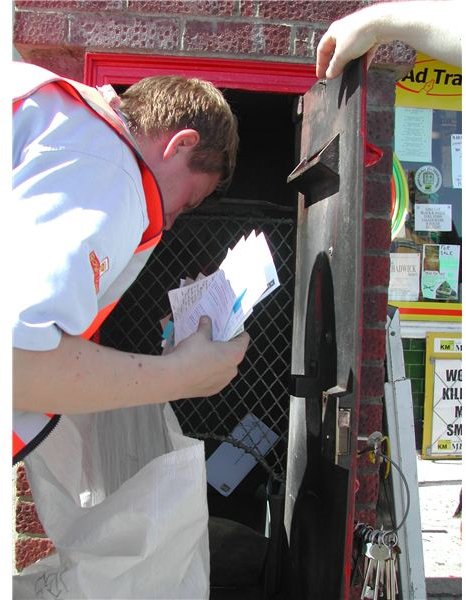Learn How to Haggle Right: Easy Guidelines for Haggling
Why We Haggle
Most people find good bargains irresistible, because it is very satisfying – mentally and emotionally – to score a point against another person, and human beings by nature, are competitive and all human interaction is built on one fundamental premise: “What’s in it for me?”
Obviously, both sides in any transaction operate on the same premise and a great deal is one where both parties walk away from the table feeling they have secured the best benefits possible or at the very least, not conceded a perceived advantage to the other side. Hence haggling, when done the right way, is about creating a win-win situation for everyone concerned.
What constitutes the right way to haggle, bargain or negotiate, which are all synonyms, but with subtle yet significant differences? Some helpful guidelines on how to haggle the right way follow in the next section.
Go Prepared
Irrespective of the product or service you’re looking to purchase, hire or lease, gather as much relevant information as you can about pricing, features, store or seller policies on haggling, discounts, etc. The more information you have, the more successful you’re likely to be in getting a good bargain. Here are some hints:
- Check for pricing and/or features from multiple outlets in the same location; check whether the same items are retailed online and whether the pricing is lower.
- Be very sure about your reasons for buying an item, i.e. need versus want, extent of usage, and what you can afford.
- Set a limit on how much you’re willing to spend and 3-4 price points, which you can use as opening offers and counteroffers during the course of haggling with the seller.
Moment of Truth
At the store, outlet or other location where the transaction is to take place, be sure to do the following:
- Be civil, calm, and confident without being too aggressive or overbearing; getting a bargain is not a compulsory entitlement, it’s at the seller’s discretion. Ask, or request, don’t demand.
- On the flip side, don’t volunteer to settle the deal at the first offer made by the seller, talk too fast, or show you’re uncertain or nervous.
- Let the seller know that you have other alternatives or are willing to move on if you don’t get your way. Know when to deal and when to fold.
- Don’t quote a ridiculous price just for the sake of haggling; remember, you need to create a win-win situation. Ask for fair value and leave room for the seller to maneuver.
- Don’t waste the seller’s or your time haggling over small amounts.
- Haggle only if you intend to complete the transaction immediately. Once you and the seller agree on a price, don’t walk out of the store empty-handed or retract on the agreement.
In certain settings, haggling with the seller is not only acceptable, it is expected, e.g. street markets, garage sales, shops for tourists, and second hand stores. In order to learn how to haggle right, follow these steps and you won’t disappoint yourself or the seller!
Image Credit: Deal Clearance - https://commons.wikimedia.org/wiki/File:Deal_Clearence.jpg
